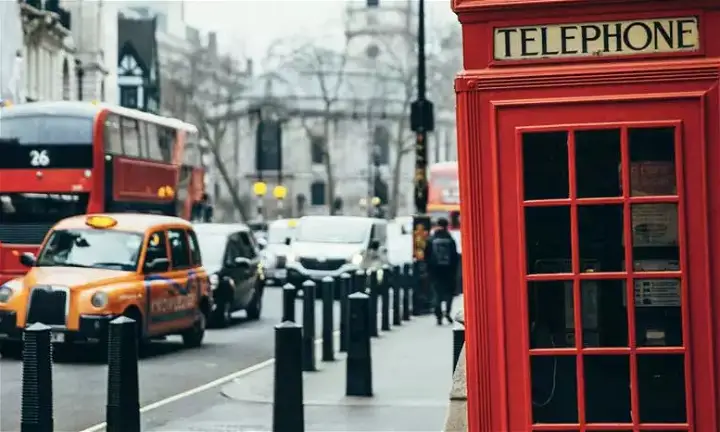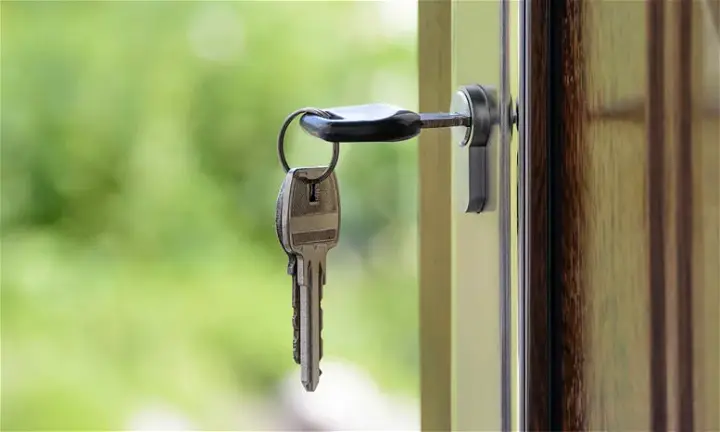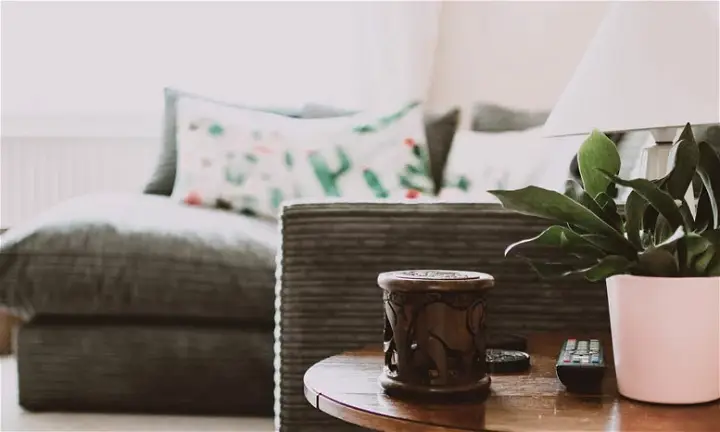
Moving out: inventory check-outs
An inventory is a comprehensive overview of the condition of a property before the arrival of a new occupant or before their departure. These inventories are incredibly important and can be vital for protecting a tenant’s interests. Here are a few things to think about before conducting your check out to avoid mistakes and prevent your landlord taking advantage of you.
What is a check-out inventory?An inventory is a document which describes the condition of the accommodation in detail, room by room. From the state of the fridge to scratches in the bath as well as marks on the ceiling, every single thing in the property should be itemised in this document. There are two inventories which need to be done for each rental: a check-in inventory upon arrival, and a check-out inventory which takes place upon your departure.
These inventories are a record of the state in which you found the apartment and the state in which you left it, which can be compared to prove that you have fulfilled your obligations and maintained the property in a good state. If you have not broken anything and leave the apartment in the same state you found it, you will receive your deposit back in full. If any repairs need to be undertaken, the costs will be deducted from your deposit. Be aware that any degradation due to the ageing of the property should never be charged to the tenant.
How do you carry out an inventory?In order to run the smallest risk possible of losing part of your deposit, the check-out inventory should be as detailed as possible. Don’t neglect a single room, leave no stone unturned during your inventory tour with the landlord. Likewise, descriptions like ‘good condition, bad condition’ should be as specific and precise as possible to minimise the chance of creative interpretation later on.
Obviously, in order for a full inventory to be taken, it is important that you be present as the tenant. Being absent for the inventory leaves you at risk; the landlord may have a different opinion about what constitutes wear and tear, or may take advantage of your absence. Here are a few tips before conducting the check-out inventory:
• clean the property from top to bottom• fill in any holes left by paintings and clean any adhesive marks on walls• have a look at the check-in inventory and compare the notes with the current condition of the property; see if there are any marks or damages that could easily be repaired which can be brought to the landlord’s attention.
Check-in inventories: peace of mindTo ensure your peace of mind for the check-out inventory, it’s best to take precautions and pay close attention when doing the check-in inventory. Check every room with a fine-toothed comb on arrival and note every little fault or mark to the landlord or agency. Cracks, wear, peeling paint, don’t let anything slip your attention. Make sure to take your time and not rush the first inventory.
Look over each room multiple times if you feel it is necessary. If you have any doubts, take photos of any faults or damage so that there can be no dispute when it comes to the check-out. Note down if there are any lightbulbs missing, if there is already any scale on the taps, if the seals on the bath and shower are blackened, etc. Furthermore, if you notice something after a few days in the property, don’t hesitate to flag it up to your landlord or agency. If you do not conduct a check-in inventory, you’ll need to leave your flat, room or house in perfect condition once you leave in order to get your deposit back.
Photo source: ©photl.com Author: Roomlala



